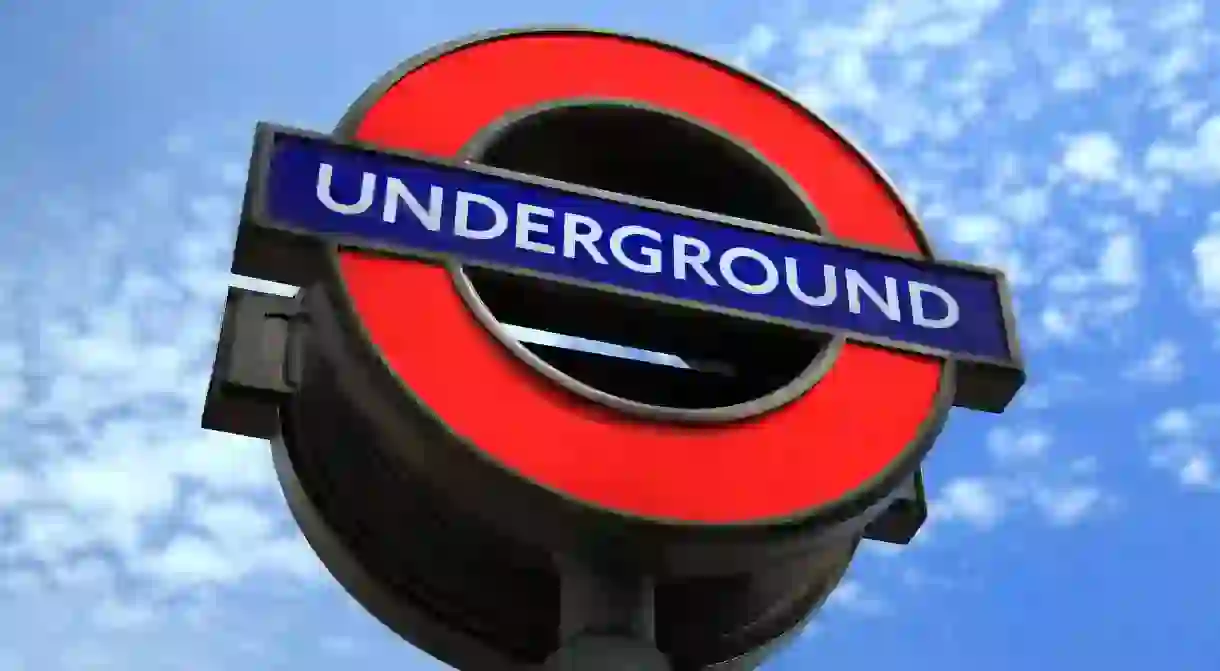A Brief History of the London Underground

London Underground is as much part of London as Buckingham Palace, Big Ben and Westminster Abbey – and some would argue a lot more useful. London was the first city to run trains underground, so let’s dig down into the Tube’s history.
Laying the tracks
In 1863, the Metropolitan Railway opened between what’s now Paddington and Farringdon. It was the first railway to operate underground and formed the start of what has become a network of 11 train lines and a world-famous public transportation system, copied the world over. The first line that is recognisable today, the Circle Line, opened in 1884, followed by the Central Line in 1900 (author Mark Twain was on the inaugural journey).
Over the next 20 years, the engineers got busy. Versions of the rest of today’s modern lines opened, including the Piccadilly and the Bakerloo (which ran from Baker Street to Waterloo) in 1906. London was also the first city to have electric underground trains from as early as 1905. The escalators we all know and love started to go in from 1911 – starting at Earl’s Court and each line has been extended over the last century as London has expanded.
The iconic Tube map was first unveiled in 1933. Designed by Harry Beck, it was the first of its kind – a schematic map that ditched geographical accuracy to show connections and fare zones instead. It’s often held up as an icon of great design.

The Underground during the war
During World War II the Underground was turned into a city wide network of air-raid shelters. It even hosted secret factories making airplane parts and munitions. Concerts, tea-stands and hair salons all took over stations underground in the early 1940s as London went through the Blitz.

After the war
Post-war not all the stations were opened up again for normal service to resume, some have remained ‘ghost’ stations like Aldywych, time capsules of a train line from the past. But by the 1960s the Tube was ready to expand once more. 1968 saw a big shake up to the Underground with the introduction of a new line – the Victoria line. It was followed 11 years later by the Jubilee line (named for Queen Elizabeth’s Silver Jubilee). The phrase ‘Mind the Gap’, now synonymous with travelling on the Tube, has been helping passengers since 1969. The Tube hasn’t been without accidents over the last 60 years – there was a huge crash at Moorgate in 1975 which claimed a huge number of lives and the Kings Cross fire in 1987 was one of the worst in the Underground’s history.

The Underground in the 21st century
As London grows and evolves, so does our ever busier Tube system. This century has seen some pretty big changes in how travellers use the Tube. The Oyster card was introduced back in 2003, the same year TFL legalised busking at stations (in designated areas). Oyster cards have obviously been overtaken with contactless payments in the last couple of years and the controversial shutting down of the ticket windows on stations is still a sore subject.
But it’s not just about technological updates, the last 17 years of the Underground have seen it get even bigger with the introduction of the Overground (possibly confusing some tourists) otherwise known as the ‘ginger line’. Linking in much of East London for the first time in years, the Overground has been instrumental in the gentrification of the east of the city – recognised by the rezoning of places like Stratford to zone 2 in 2015.

In 2016, the Tube finally joined other metropolises in running 24 hours a day (at weekends) on some of its busiest weekend lines. But of course, the Underground’s work is never done. The Northern Line is being extended and Crossrail is imminent. What else will the next 150 years bring?













